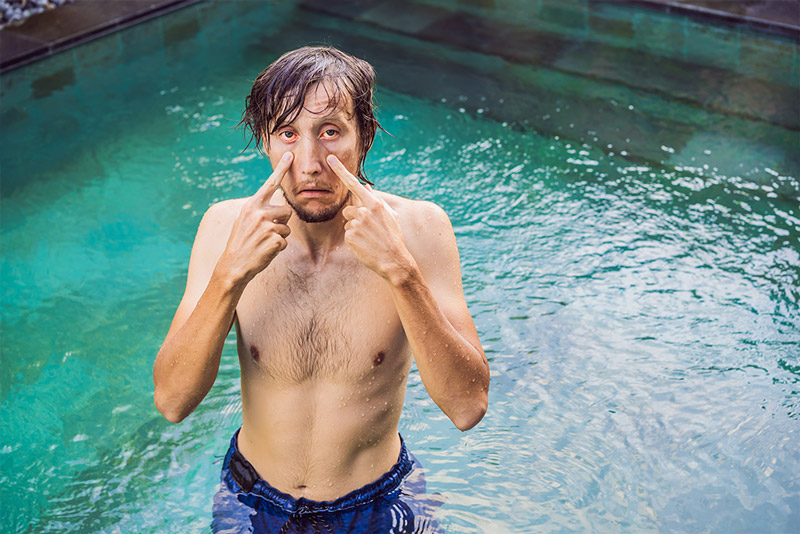



The SUP Board – A Versatile, Trendy, and Fun Way to Stay Active on the Water
Ita Warmińska, a SUP instructor, promoter of SUP yoga, and co-owner of the Hello Yoga school, shares insights on how and when to start, and how to do it safely.

Goggles with clear, tinted, colored, photochromic, or mirrored lenses? Or perhaps ones with an interchangeable nose piece or a flexible nose bridge? Those with a strap adjusted by a standard buckle or with QuickFit or EasyFit mechanisms for easier adjustments? What size and color? We’ll guide you on how to choose swimming goggles so you can feel... like a fish in water, whether in the pool or open water.


Theoretically… a visit to the pool could be limited to swimming, but modern water parks entice customers with a wide range of services and attractions, while additional pool accessories make the experience much more varied. What options are available?

While it’s obvious that a good swimmer should be able to open their eyes underwater, it’s equally evident that contact between the eyes and water—whether in a natural body of water or a pool—is not neutral for eye health. Due to the chemical composition and various impurities in the water, this can result in irritation and temporary redness in the best-case scenario, or even infection in more severe cases. So how can you protect your eyes when using public pools?

Most pool users require swimming accessories such as caps, goggles, or masks to enhance their training or play in the water. When choosing swimming goggles for children, the same principles apply as for adults—with particular attention to the energetic behavior of young swimmers. Properly fitted, securely staying children's swimming goggles are essential.
